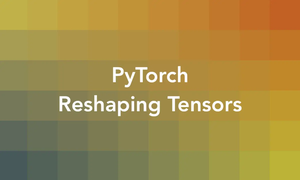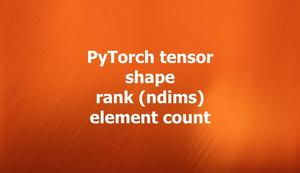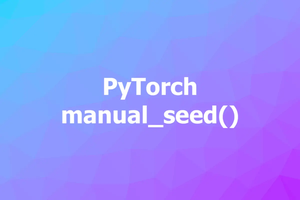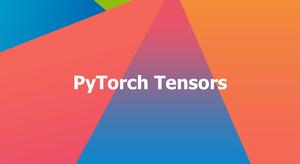PyTorch is a powerful and flexible framework, embraced by many in the deep learning community for its dynamic computation graph and ease of use. While most tutorials focus on getting your first model up and running, understanding what happens under the hood can help in debugging, optimizing, and extending models effectively. In this article, we'll dive into the details of a classification model in PyTorch, exploring its architecture, forward pass, and the training loop.
Let's start with a quick overview of what constitutes a PyTorch classification model. Typically, it involves:
- Defining the Model Architecture: Usually done by subclassing
torch.nn.Module. - Data handling: Using
torch.utils.data.DataLoaderfor batch processing. - Loss Calculation: Using predefined losses like
nn.CrossEntropyLoss. - Optimizer: Adjusting weights with optimizers such as
torch.optim.SGDortorch.optim.Adam. - Training Loop: Repeatedly passing data through the model to update the weights.
Table of Contents
Model Architecture
The architecture of a classification model in PyTorch is defined using the torch.nn.Module class. Below is an example of a simple neural network:
import torch
import torch.nn as nn
import torch.nn.functional as F
class SimpleNet(nn.Module):
def __init__(self):
super(SimpleNet, self).__init__()
self.fc1 = nn.Linear(28*28, 128) # assuming input images are 28x28
self.fc2 = nn.Linear(128, 64)
self.fc3 = nn.Linear(64, 10) # output 10 classes
def forward(self, x):
x = F.relu(self.fc1(x))
x = F.relu(self.fc2(x))
x = self.fc3(x)
return x
Here, SimpleNet is a fully connected network with two hidden layers. Each layer has a number of neurons, activation functions help in adding non-linearity, and a forward method computes the output by passing through layers sequentially.
Forward Pass
The forward pass is what your model does as it processes a single batch of data to predict outputs. Inside, operations on tensors are recorded by PyTorch's autograd system, allowing gradients to be computed automatically during the backward pass. A closer look at the forward function:
def forward(self, x):
x = F.relu(self.fc1(x)) # First layer transformation and activation
x = F.relu(self.fc2(x)) # Second layer transformation and activation
x = self.fc3(x) # Output layer
return x
This sequence of transformations defines how an input data tensor is propagated through the network, layer by layer, until an output is produced.
Training Loop
The training loop is a crucial component in deep learning, responsible for updating the model's weights based on the loss. Here is a walkthrough of a typical training loop:
# Assuming train_loader, model, criterion, optimizer are predefined
num_epochs = 5
for epoch in range(num_epochs):
for inputs, labels in train_loader:
# Zero the parameter gradients
optimizer.zero_grad()
# Forward pass
outputs = model(inputs)
# Loss computation
loss = criterion(outputs, labels)
# Backward pass
loss.backward()
# Optimizer step
optimizer.step()
print(f'Epoch {epoch+1}, Loss: {loss.item()}')
This loop performs several key functions:
- Zero the Gradients: Clear out the gradients to prevent accumulation over multiple passes.
- Forward Pass: Compute the predicted outputs.
- Loss Calculation: Compare predictions to the actual labels.
- Backward Pass: Find the gradient of each parameter with respect to the loss.
- Optimizer Step: Update the parameters for minimizing the loss.
Understanding these components under the hood not only helps in optimizing and debugging but also opens up avenues for modifying or inventing novel models in the PyTorch ecosystem. By gaining insight into how the model works, developers can make informed decisions when customizing architectures or inventing new layers and components in their models.








